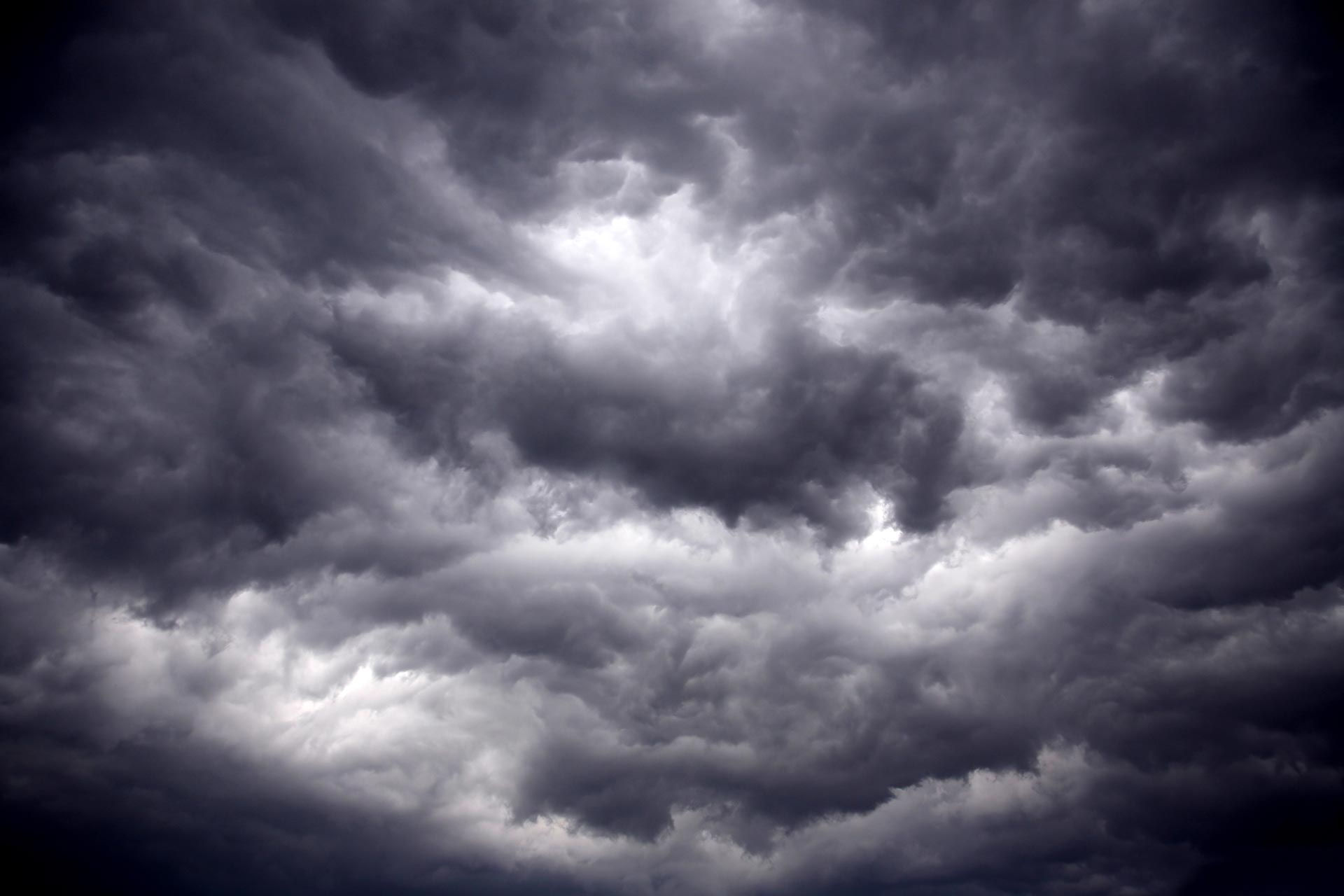Common Causes of Ice Dams
- SELECT Restoration
- Feb 11, 2021
- 3 min read
An ice dam is a build-up of ice along the edge of a roof that blocks water and prevents it from draining properly – hence, water damage. Ice dams form when snow on the upper part of the roof melts, runs down the slope, and refreezes when it reaches the eaves. That constant thaw and re-freezing process creates an ice dam. Eventually, water becomes trapped behind the dam and can leak through the roof, leading to possible structural damage and costly water damage insurance claims.

Some water damage caused by ice damming is easy to spot: water-stained ceilings, wet baseboards, peeling paint, and water damaged drywall. But it’s the damage you DON'T SEE that can lead to bigger problems down the road. Water damage can leak down within the wall cavity, and as a result, structural framing can decay; metal fasteners can corrode; and mold and mildew can form – which introduces a whole new host of complications.
Roof leaks and ice damming can also cause water damage to attic insulation, setting in motion a vicious cycle. Wet insulation is less effective, which leads to more heat loss, resulting in ice dams, leaks and more damage to insulation. Wet wood is also an open invitation for wood-destroying insects like termites, carpenter ants and other critters.
Common Causes Ice of Dams
It doesn’t take much for an ice dam to form on your roof. Ice dams need only three things - snow, cold weather, and a warm roof. Occasionally, warm, sunny days and cold nights can result in freeze-thaw cycles that lead to ice damming. But most cases we see happen because of heat transfer from the interior of the home to the attic due to air leaks, poor ceiling insulation, and improper ventilation. A condition accurately, if fairly unimaginatively, called “warm roof.”
Here’s how it works: If you think about the way your home is built, the highest part of the roof (the ridgeline) is above the living space, and the outer edges of the roof (the eaves) extend past the exterior walls. Warm air rises – like smoke from a chimney – so any heat lost from the inside the home rises up through the attic and warms the areas of the roof near the ridgeline. But the eaves are cut off from the interior, so they stay at the same temperature as the outside air. That temperature imbalance allows snow to melt at the top of the roof and refreeze at the bottom.
How To Prevent Ice Dams
Ideally, your house would have a perfect air barrier in the ceiling, plenty of insulation, and roof ventilation equally balanced between the ridge and the eaves to prevent ice dams. Unfortunately, reality is not always ideal. Air can leak through holes made in the ceiling for wiring, vents, chimneys, recessed lighting, attic hatches, and bathroom exhaust fans. A little air seeping into your attic is okay if the attic is properly ventilated. Your heating bill might be through the roof (pun), but otherwise, okay. The real problems start when there isn’t enough ventilation at the eaves to balance the ventilation at the ridge. In that situation, warm air is actually drawn in from the living space in order to make up the deficit.
Time Matters When You Have Water Damage
If you think you may have water damage from ice damming, please contact us for a free thermal camera inspection. Our in-house team of water damage technicians has the experience and expertise to investigate and determine the cause of ice dams.
Make us your FIRST CALL for ice dam inspection and water damage restoration in the Greater Toronto Area.
SELECT Restoration Services | CALLTHEMFIRST.COM
261 Bering Avenue, Unit 2
Toronto, ON
M8Z 3A5
☎️ Office: 905-499-3765
☎️ 24-Hour: 1-833-24EMERG
📢 “Call them first!” 📢
🔥 Voted Best Smoke, Fire and Soot Damage Restoration in Toronto, ON
💧 Voted Best Flood Damage Restoration and Water Cleanup in Toronto, ON
#callthemfirst #selectrestoration #selectrestorationservices #select #restoration #selectrestorationtoronto #insurance #waterdamagetoronto #floodrestorationtoronto #floodcleanuptoronto #watercleanuptoronto #torontorestorationcompany #icedam #diy #tips #damagerestoration #damagerepair #waterdamagerepair #firedamagecleanup #firedamagerepair #insurancebroker #insuranceclaim #waterdamageclaim #firedamageclaim #waterdamagerestoration #firedamagerestoration #intoronto












Comments